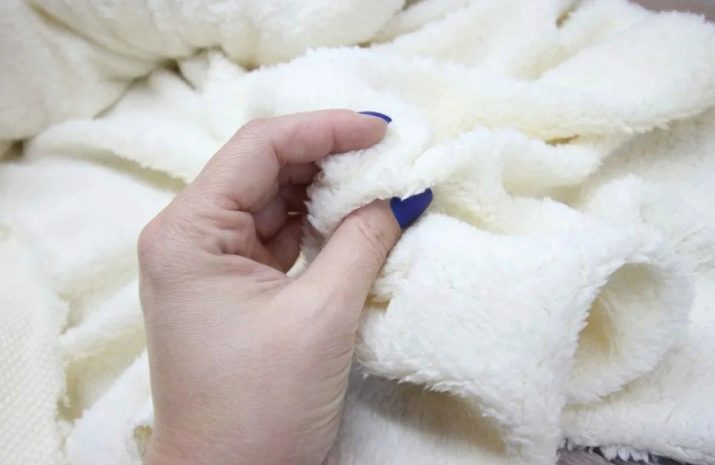Features of Sherpa fabric
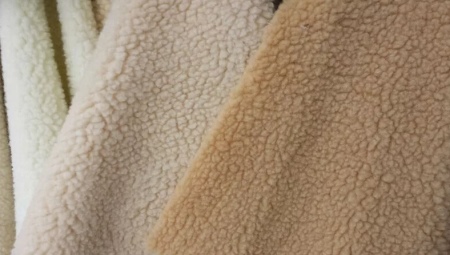
Sherpa belongs to the category of synthetic materials. The material gained popularity thanks to the fur imitation on the front side. In appearance, artificial fur is practically not inferior to natural. The material is used for sewing various products.
What it is?
Sherpa is an artificial material that looks like a dense canvas with an imitation of fur on the front side. Since the fabric is artificially created, its cost is slightly lower than natural fur. But at the same time, the practical and operational qualities of the material remain practically at the same level.
Polyester is used as the primary raw material to create the fabric. In order to turn this material into artificial fur, it is necessary to subject the primary raw materials to a special heat treatment. As a result of this process, polyester is converted into fine fibers. First, a base is created, and only then, with the help of a filter, fibers are formed on it.
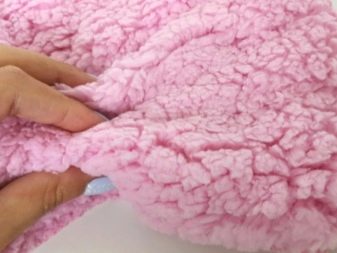
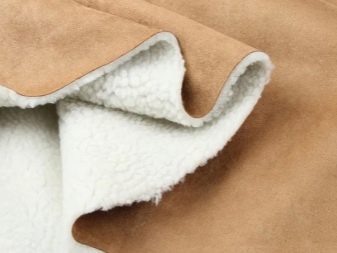
The fibers are applied to the base using a powerful press. The fibers adhere almost instantly. They are first combed out on a special apparatus. At the final stage of processing, the material is painted in the required color and dried well.
The fabric has the following set of characteristics:
- good water resistance;
- low air permeability;
- noticeable electrification;
- hygroscopicity ranges from 1 to 5%.
China is the main producer of this material. In addition, Korea accounts for a small share of production.
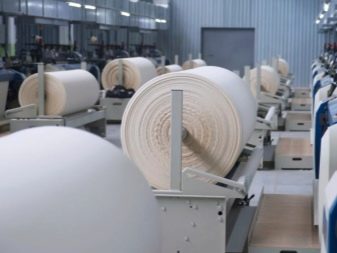
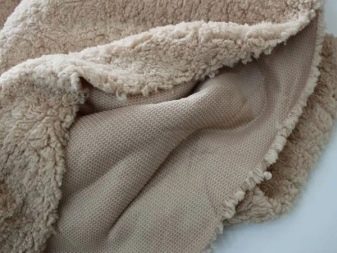
History
The creation of Sherpas began in the 19th century in Great Britain. The name has a rather interesting history. The fact is that the fabric is named after the peoples living in the territories of India and Nepal.
The idea to make such a fabric appeared due to the high cost of natural fur. Sherpa allowed people with different income levels to wear fur products. Moreover, such products are not always bought by people with a limited budget. Sherpa enjoys wide popularity among famous fashion houses.
Sherpa can be dyed in almost any shade, but the most popular colors are black, white, red, green, gray and brown.
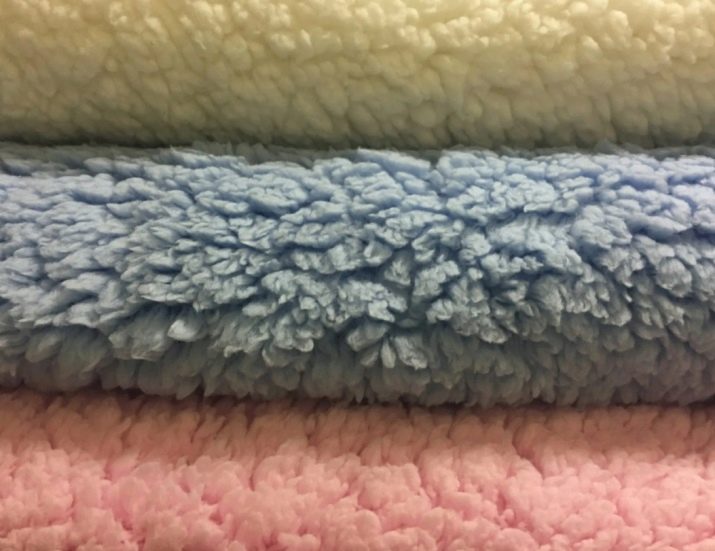
Applications
Due to its properties and unique appearance, the Sherpa has confidently occupied its niche in the production of textiles. The material is ideal for sewing items such as:
- outerwear (coats, jackets, artificial fur coats);
- carpets;
- upholstery fabric for furniture;
- blankets and bedspreads.
This is only the main purpose. Sherpa is often used to create insoles and inner sections of winter and mid-season shoes. Sherpa is used as a decorative addition to the creation of various materials, as well as children's toys.
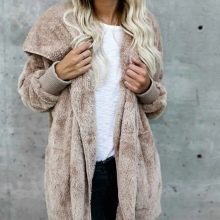
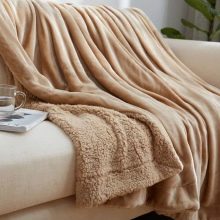

The main advantages of using are as follows:
- low material cost;
- relative ease of processing;
- a large number of products available for manufacture.
The disadvantage is that the material is of synthetic origin, so it can cause an allergic reaction in some people.
In stores, you can buy both the canvas itself and finished products. The main criteria for quality when choosing are uniformity of color and villi.
